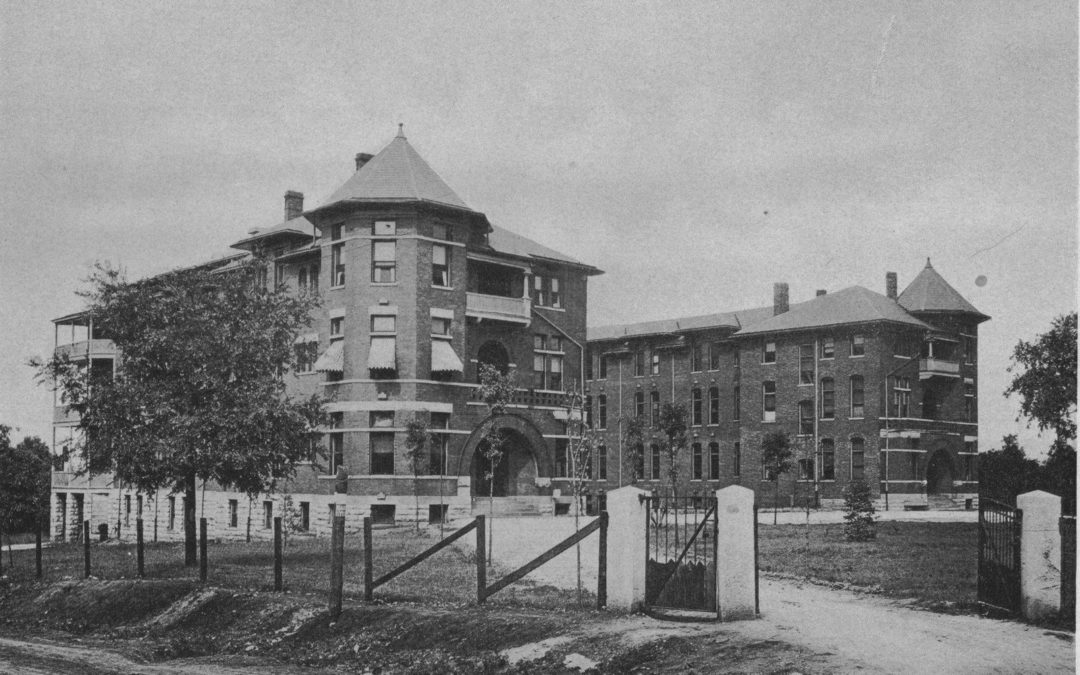Nursing is a very diverse work force in respect to the age and education of individual nurses. There are second career nurses and nurses who went straight into nursing school out of high school. Many nurses continue to work into their 60’s and 70’s. This diversity creates a unique opportunity to compare and contrast nursing then and nursing now. How are things different? How are things the same?
Nurses who graduated 30 or more years ago may recall how their nursing instructors relayed stories of a time not so long ago (to the instructor at least) when only physicians could take a blood pressure. Even in the critical care areas, only physicians were authorized to take a patient’s blood pressure. Fast forward to today when almost all blood pressure readings are automatic and are obtained routinely by patient care technicians, nurses’ aides, and other non-licensed staff. In many facilities, it’s difficult if not impossible to find a manual sphygmomanometer. While manual blood pressure cuffs are sometimes useful in an emergency to use as a tourniquet, their availability may be a limiting factor in their emergent use.
Digital thermometers have not always been around and are pre-dated by mercury filled thermometers which had to be sterilized and then “shook down.” One very exciting piece of equipment, which is now probably extinct, is the thermometer centrifuge used to “shake down” twenty or so mercury thermometers at a time with simply the push of a button. One of the not so exciting extinct items is the wall mounted bedpan/urinal washer. These steel machines opened up with the press of a foot pedal, allowing the insertion of a stainless steel bedpan or urinal. Once the pedal was released, the door closed and the item was washed by depressing another pedal. If anyone ever pressed the wash pedal before the door had fully closed, hot water, steam, and bedpan contents spewed forth like a fire hose, coating the nurse and the room.
For the less experienced nurses, some may have never transported a patient on a non-motorized bed, documented using a paper chart, or ever had to carry reference books with him/her as the books have been replaced by smartphone apps and websites. But thinking back to the time when only a physician could auscultate a blood pressure and contrasting it now to flight nurses inserting chest tubes, starting central lines, intubating patients, and many of the other critical care skills they perform daily, it is certain that nursing has evolved over the years. Critical care nurses and floor nurses alike routinely perform skills and procedures that in yesteryear could only have been performed by a physician.
From calculating intravenous drip rates to transporting patients, lots of things have changed for the 3.1 million nurses in the United States since the 1850s when Florence Nightingale headed off to the Crimean War to provide nursing care to British soldiers. For the more seasoned and experienced nurses, how do you keep up with the new procedures and new technologies? For the newer nurses, how do you respond when you see a more experienced nurse doing something “the old fashioned way”? One thing that has not changed over the years is the trust that the American people have for both the nursing profession and for nurses. The nursing profession is consistently named the most trusted profession. Another thing that has not changed is nurses always putting the patient first and always providing patient/family centered care.
Learn more about the history of nursing here.
What changes in nursing over the years intrigues you the most? Send your replies to William.Crowe@erlanger.org.







